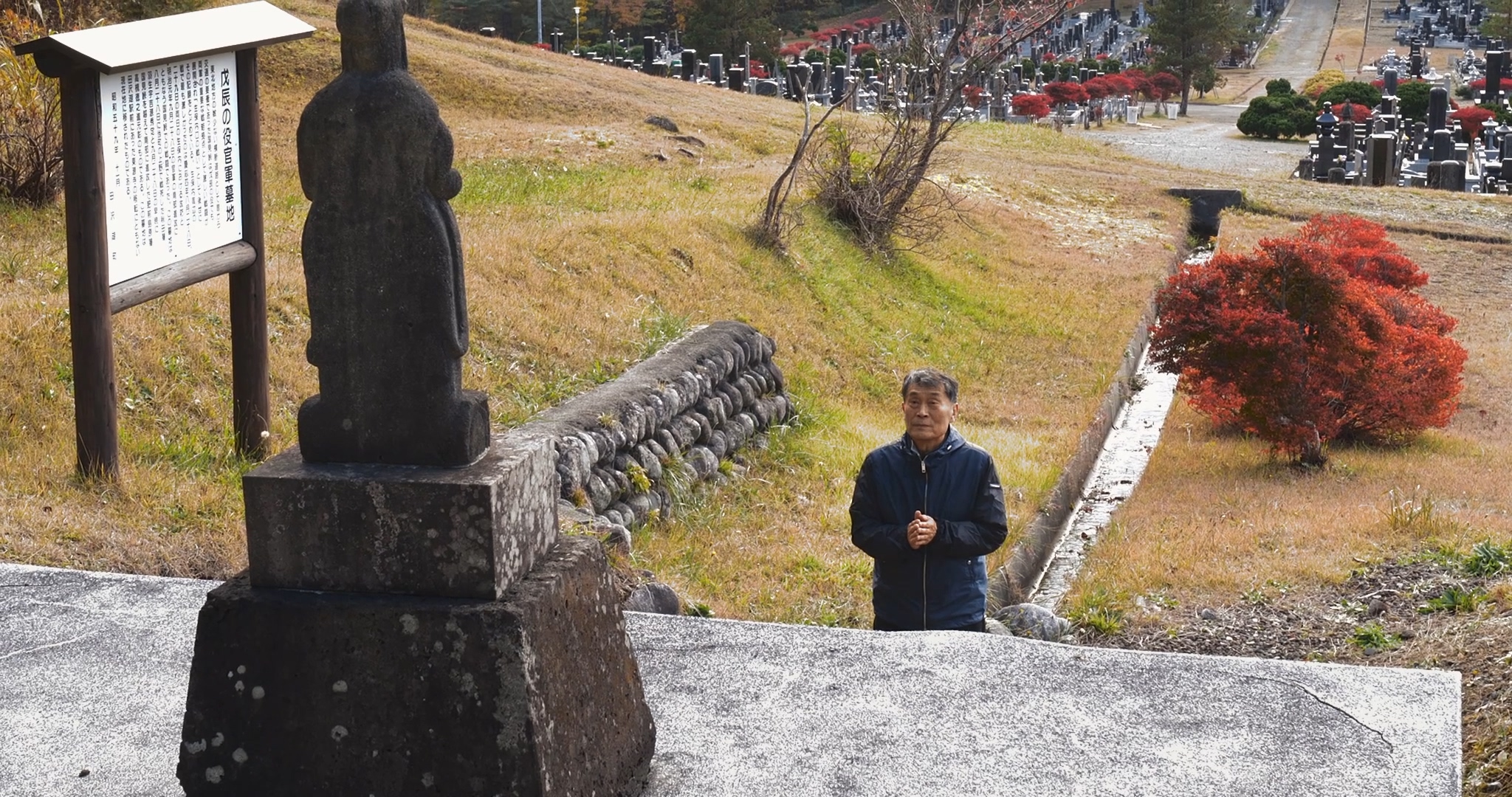The Bone
SEEN Nari
- South Korea
- 2022
- 69min
- 12 +
- DCP
- color
WP
Synopsis
This story is about two people who have been struggling for more than 40 years to remember Koreans forced into labor in the northern Akita region. Ha Jung-woong, a Korean-Japanese who succeeded as a businessman thanks to his outstanding abilities and the economic growth of Japan after the war, and Juroku Chatani, a Japanese historian who has built a culture village in the Akita region of northern Japan. Their efforts to unravel the mystery of the statue of Hime Kannon built on Lake Tazawa and to commemorate the Korean victims of forced labor are still ongoing.
Review
Statue of Hime Kannon stands next to Lake Tazawa in Atika Prefecture, northern Honshu, Japan. The statue, which was built in 1939, only had the words to commemorate the deaths of native fish. Ha Jung-woong, a Zainichi Korean who assumed that there might be a secret hidden in the statue, discovered a document stating that its original purpose is to commemorate the Koreans who died during the construction of water channels from a nearby temple in 1990. Meanwhile, Juroku Chatani, a Japanese historian who has built a culture village in the Akita region, has been studying the issue of forced deportation of Koreans in Akita for nearly 40 years. He particularly noted the collapse of a tunnel of Hanaoka coal mine in 1944, in which the Japanese government buried 22 workers alive (11 Koreans and 11 Japanese) isolated in the tunnel to dig another tunnel. The film sheds light on the Korean victims of forced labor, centering on Hime Kannon who witnessed all these tragedies. The Bone raises hope that remembrance and reconciliation will continue through the annual memorial service held in front of Hime Kannon.
Director
-

SEEN Nari
Her feature debut film, The Rust (2018) which deals with its Ilgwang mines in Gijang, Busan and in Nikko, Japan. Later, She expanded the work into her second work, The Bone, which follows the history of the forced mobilized.




